Culture Sustains Performance
An Excerpt from 7 Insights Into Safety Leadership This is an excerpt from Chapter 4 of Tom Krause and Kristen Bell’s book “7 Insights into Safety Leadership.“ We’ve never met a leader that didn’t want a better culture for their organization. Statements like, “we need to change the culture,” are heard every day in the…


